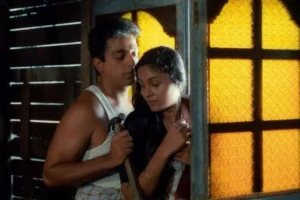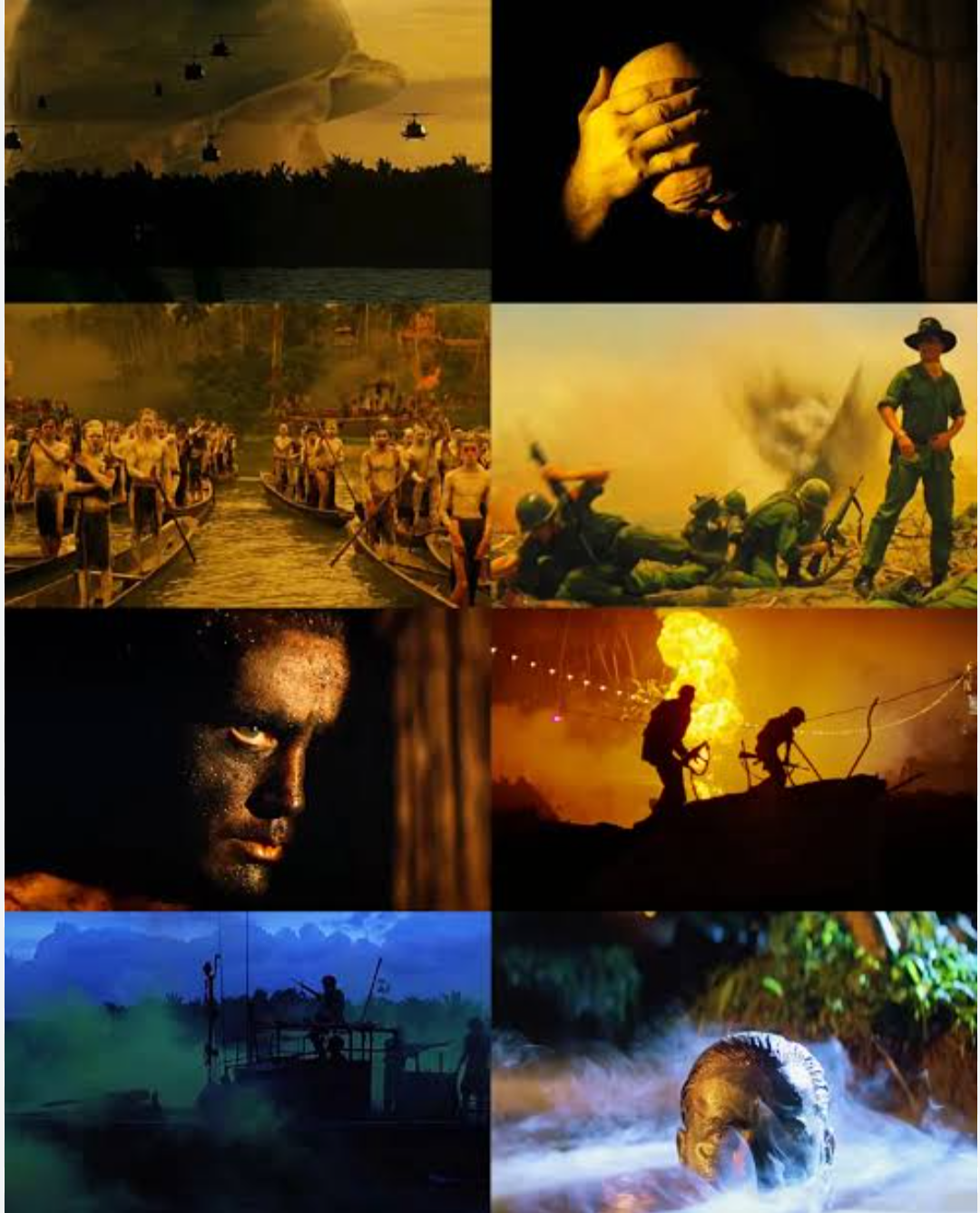
Shadows: a study !
Jan 19 2025
The Art and Science of Shadows in Cinematography

Shadows are a fundamental element of visual storytelling in cinematography. They shape the mood, guide the audience’s focus, and deepen the emotional resonance of a scene. From the stark contrasts of noir films to the intricate lighting in The Godfather, shadows have played a pivotal role in defining cinematic artistry.
The Science of Shadows

Umbra, Penumbra, and Antumbra
The science of shadows begins with the concepts of umbra (the darkest, fully shadowed region), penumbra (the partially shaded edges), and antumbra (the area beyond where light appears partially blocked). Cinematographers manipulate these zones to create depth and realism in their imagery. For instance, in suspense scenes, sharp umbras heighten tension, while diffused penumbras soften emotions.
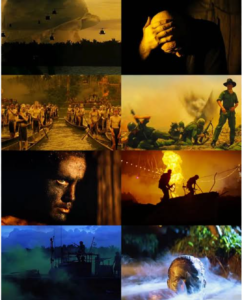
Specular vs. Soft Shadows
- Specular Shadows: Hard-edged, sharp, and dramatic, often used in thriller or horror genres.
- Soft Shadows: Blurred and diffused, ideal for romantic or nostalgic moments.
Single and Multi Shadows
- Single Shadows: Produced by a single light source, emphasizing drama and focus.
- Multi Shadows: Formed with multiple light sources, offering a more dynamic and layered visual effect.
Shadows Through Time
German Expressionism
The German Expressionist movement of the 1920s pioneered the use of dramatic shadows to evoke psychological unease. Films like The Cabinet of Dr. Caligari used exaggerated, angular shadows to reflect distorted realities and inner turmoil, setting a template for modern horror and noir.
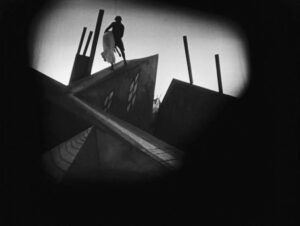
Film Noir
In the 1940s and 50s, film noir elevated shadow play to an art form. Low-key lighting and stark contrasts defined the genre, with shadows often symbolizing moral ambiguity or danger. Iconic films like Double Indemnity and The Maltese Falcon used venetian blinds to create striking patterns, blurring the lines between light and dark.
The Godfather
Coppola’s The Godfather exemplifies shadow’s narrative power. In key scenes, Michael Corleone’s eyes are obscured by shadows, symbolizing his descent into moral darkness and his transformation into a ruthless leader.
Shadows Inspired by Fine Art

Rembrandt Lighting
The Dutch master Rembrandt often used shadows to add depth and focus in his portraits. In cinematography, Rembrandt lighting involves creating a triangle of light on one cheek while the other side remains in shadow, adding a dramatic and intimate quality.
Modern Lighting Techniques
Loop Lighting
A versatile technique where shadows of the nose loop gently to one side of the face, creating soft, flattering shadows. This is often used in portrait photography and cinematography to achieve natural elegance.
Butterfly Lighting
This technique, also known as Paramount lighting, places the light source directly above the subject to create a butterfly-shaped shadow beneath the nose. It’s popular in glamorous or vintage-style setups.
Shadows and Emotional Tone
Time of Day and Shadows
- Morning Shadows: Long and soft, with golden hues that evoke hope or tranquility.
- Afternoon Shadows: Short and harsh, ideal for energetic or tense scenes.
- Evening Shadows: Cool and elongated, often signaling closure or mystery.
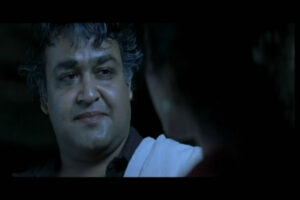
- Moonlight Shadows: Subtle and diffused, with a bluish hue for a serene or eerie atmosphere.
Hiding Details in Shadows
Strategically obscuring parts of a character in shadow can enhance mystery and complexity. The Godfather’s use of eye shadows and German Expressionism’s distorted shapes both exemplify this.
Mastering Shadows in Cinematography
Understanding and manipulating shadows requires technical expertise and artistic vision. From carefully crafting the umbra, penumbra, and antumbra to employing techniques like Rembrandt lighting or the shadow-rich aesthetics of film noir, shadows can transform the storytelling canvas. Whether creating suspense, intimacy, or moral ambiguity, shadows remain a timeless tool for visual storytelling.
Shadows are more than a byproduct of light—they are characters themselves, shaping the narrative and adding layers of meaning to every frame.
Article by
CJ Rajkumar
Author/ Cinematographer

